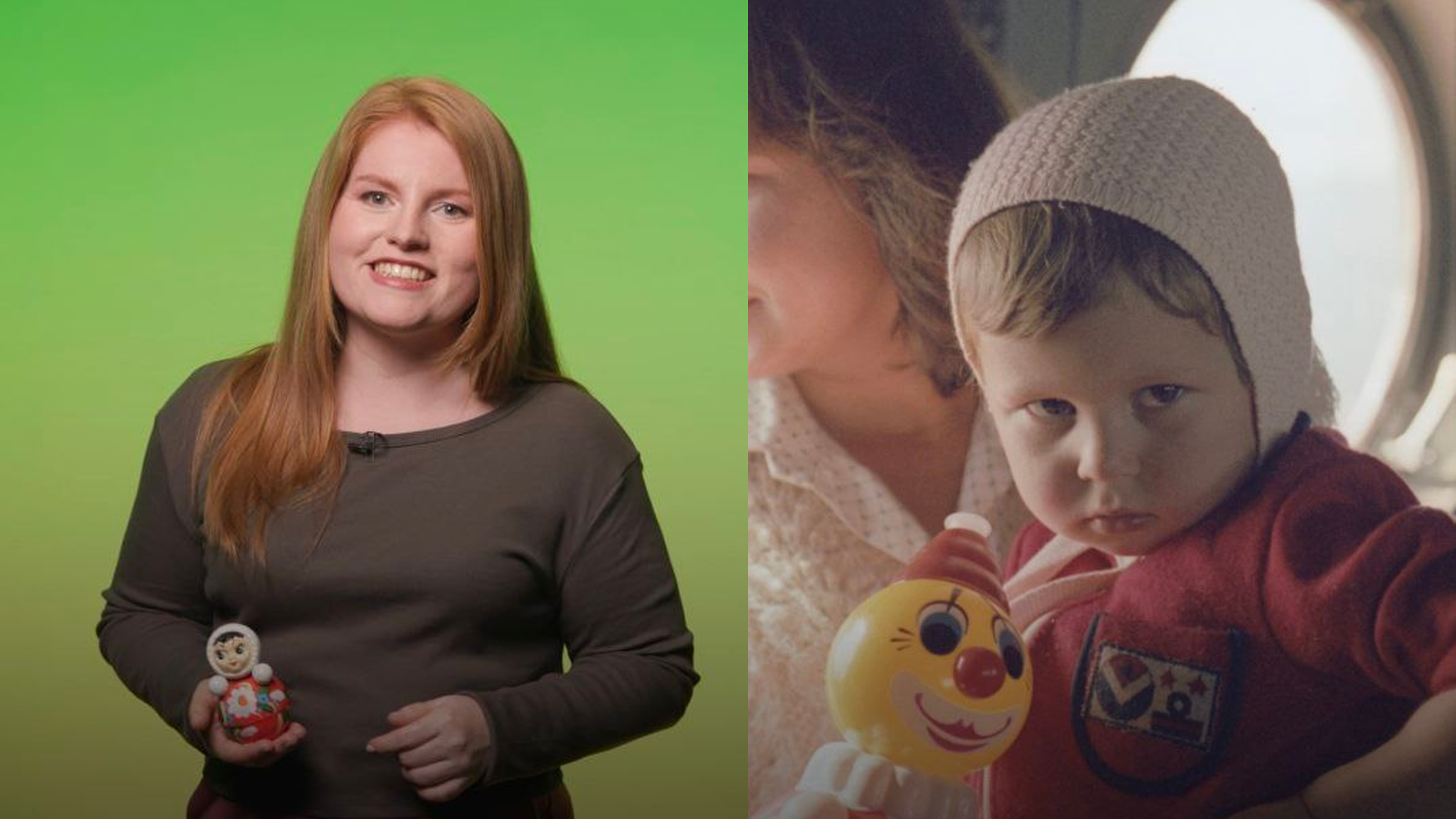
‘KikoRiki’ turns 20! 5 reasons to watch the iconic animated series

1. There’s no violence. No villains, even!

No sinister sorcerers or predators that hunt their herbivore prey. The basis for the plot of each episode are the relationships of the main characters, who explore the world around them with inexhaustible curiosity, try to get along with each other and fight only their own problems. What sets this children's cartoon apart from others is it's not too in-your-face with with its moral messaging. There are nine heroes living in Daisy Vale in total – from a rabbit to a moose. The authors of the series refused to use the “traditional” animals for animation – cats, mice, dogs – out of principle; they decided to look for some more interesting animals mainly from Central Russia. And the penguin was added as an “exotic extra”. All of the heroes are almost perfectly round. The cartoonists designed their characters like that on purpose, so a child could replicate them easier.
2. Every episode has a moral. But always told in a funny way

‘KikoRiki’ was purposefully made not to “get old” as its audience ages. Its key audience is, of course, preschool age children. However, the series is interesting to watch for adolescents, as well, and even for adults; many episodes only gain more depth as you rewatch them. Their dynamic plots in a variety of genres – from Westerns and musicals to sci-fi and children’s thrillers – unobtrusively raise eternal questions: how to live in a society, how to be happy; and, ultimately, what is the meaning of life. All in just six minutes! What a child won’t understand at the age of 5, they’ll contemplate later in life. Humor is, obviously, the constant of the series. In the Russian language, the name of the series (‘Smeshariki’) is a mash up of two words: ‘smeshnoy’ (‘funny’) and ‘sharik’ (‘little ball’). It’s a very honest name: the KikoRiki really are round and funny!
3. It has a lot of references to adult cinema – from Hitchcock’s ‘Psycho’ to Tarkovsky’s ‘Stalker’

The authors don’t shy away from leaving “Easter eggs” for people in the know. There are especially a lot of references to Russian classics – from the iconic comedy ‘Beware of the Car’ by Eldar Ryazanov to the worldwide famous play ‘The Cherry Orchard’ by Anton Chekhov. There’s even a whole episode remaking the animated movie ‘Hedgehog in the Fog’ by Yuri Norstein; however, it’s, as usual, very unusual: Daisy Vale has its own hedgehog resident and, one day, as he is “starring in a sci-fi movie”, the filming gets out of control – everything becomes engulfed in artificial smoke and the hero ends up “contemplating philosophical matters” in the “fog”. ‘KikoRiki’ even makes references to world classics. It cites ‘Forrest Gump’ (1994; the heroes once shout: “Run, Wally, run!” to their friend Wally). It also directly replicates the shower scene from ‘Psycho’ (1960) and the pink Rose petal scene from ‘American Beauty’ (1999; a little piggy plays the main role in both scenes). In one of the episodes, demonstratively named ‘The Meaning of Life’, it references ‘Dead Man’ by Jim Jarmusch and ‘Stalker’ by Tarkovsky.
4. ‘KikoRiki’ stimulates the imagination & its fans tirelessly come up with fan theories

‘KikoRiki’ has no running narrative – you can watch it from any episode in any order. However, meticulous viewers always try to somehow connect all the adventures into one narrative, try to dig out non-obvious motivations or restore detail by detail the “true” biography of a character. For example, there are watchers who are convinced that the local bear is a former military man and his suspicion is explained by post traumatic stress disorder. The wildest of theories claims that the heroes of ‘KikoRiki’ exist in a multiverse, similar to the Marvel Universe. The series changed its format several times – it started in 2D, then moved to 3D, then returned back to 2D. And there’s a theory that those are parallel universes that die when the season ends – just like in ‘Avengers: Endgame’ (2019). By the way, conspiracy theories were also a topic of ‘KikoRiki’ – in one of the episodes, Krash the Rabbit suspects a global conspiracy.
5. An interesting and engaging world

It’s always sad when something good comes to an end. Children in Russia know this better than many of their peers overseas – since all the old Russian animated series were catastrophically short. ‘Well, Just You Wait!’ only had 16 episodes, ‘Winnie the Pooh’ only had three (!), while ‘Karlsson-on-the-Roof’ had just two! ‘KikoRiki’ was the first animated series to end this “tradition”. If you count all the spin-offs – and ignore the three full-length movies – about 700 episodes have already been released; the total length of the series has far exceeded 80 hours. And ‘KikoRiki’ is still going strong. It’s always good when something has a lasting legacy.












